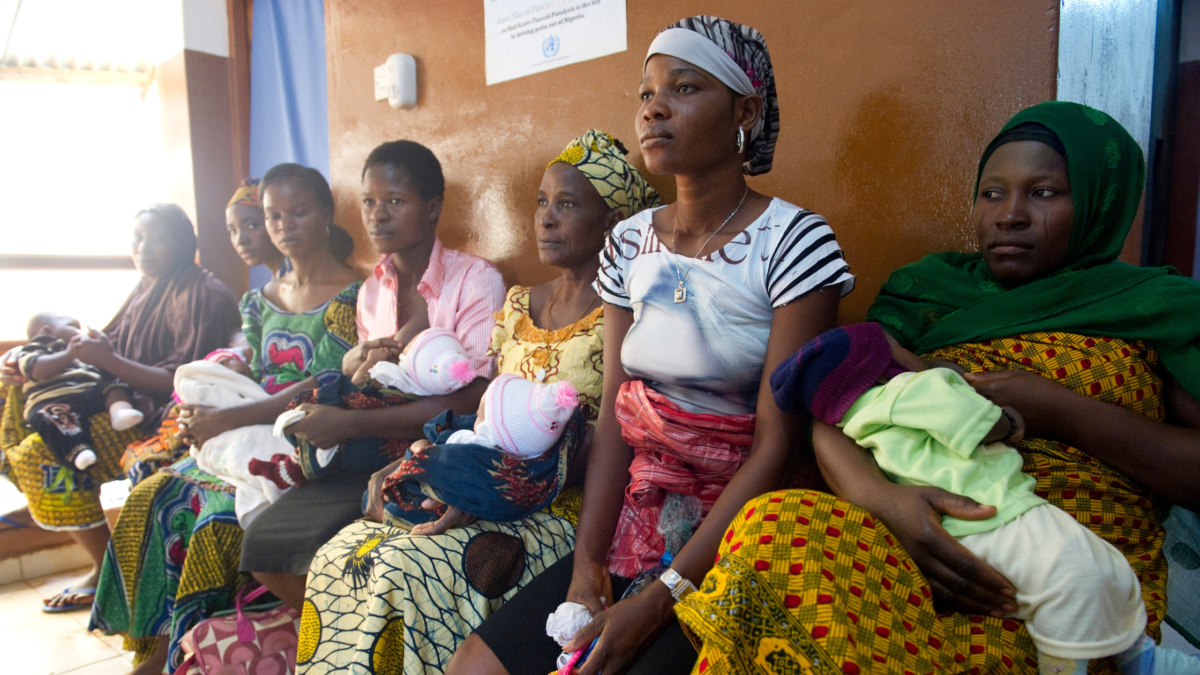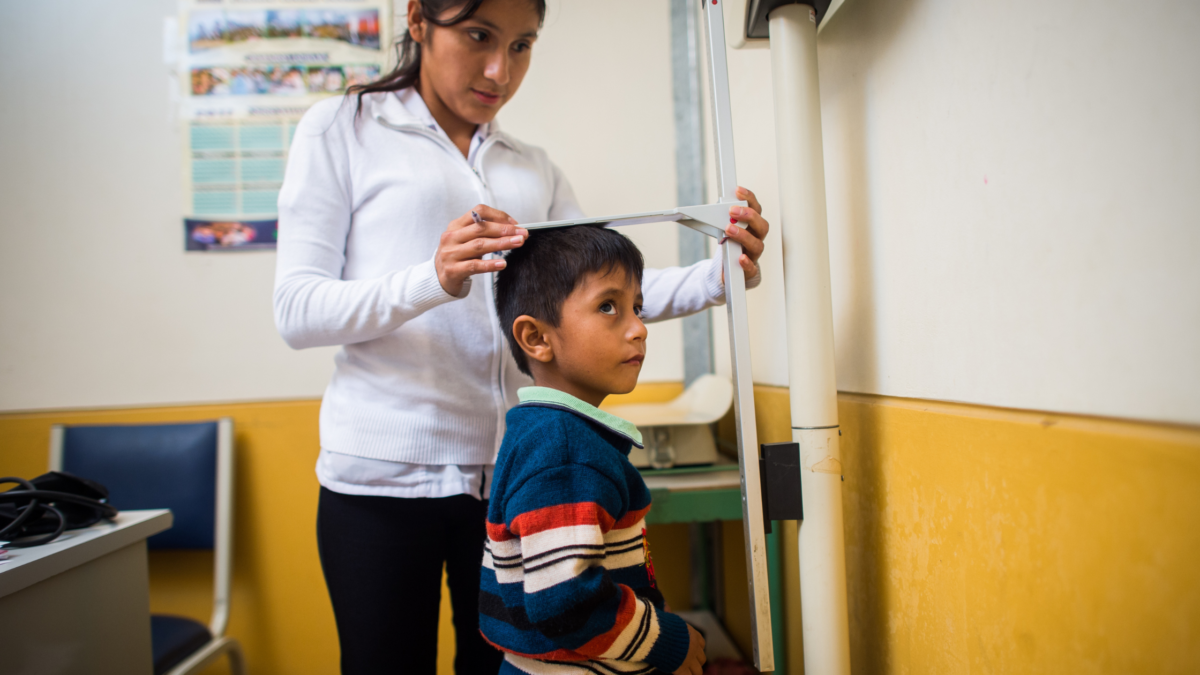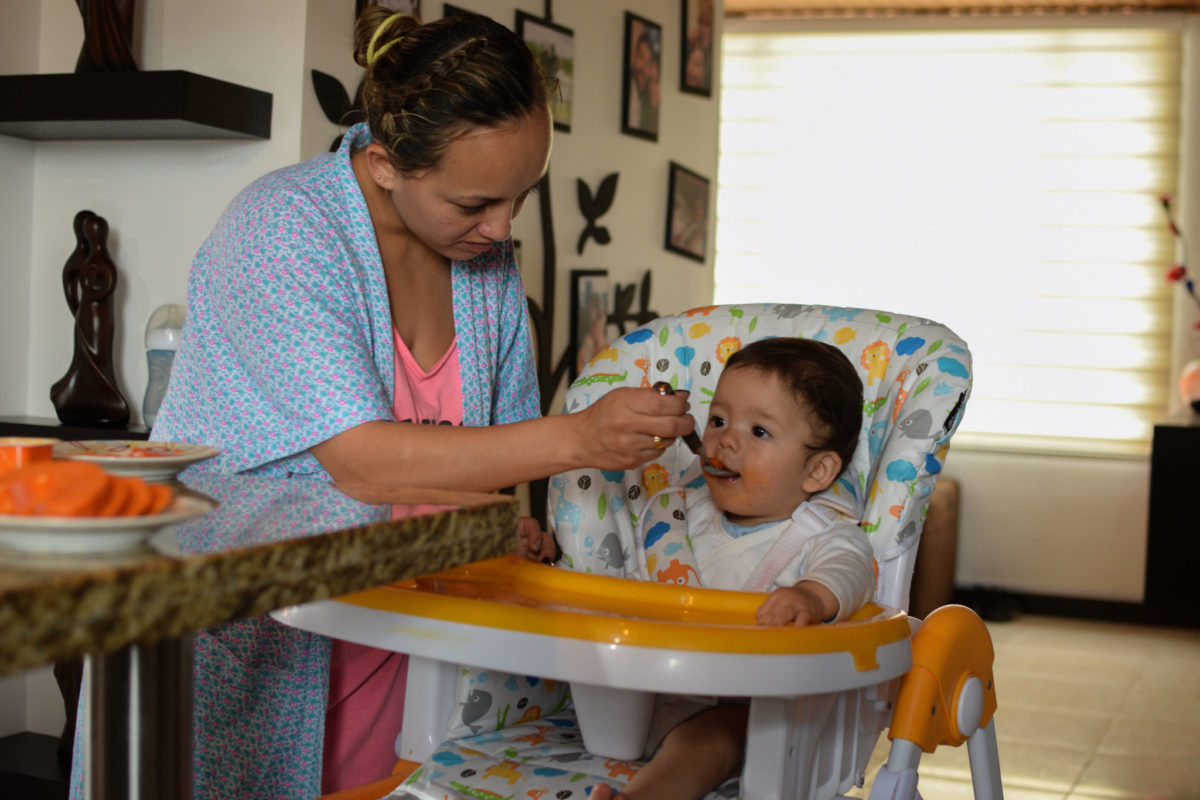New Series in the American Journal of Public Health Identifies 1,000-Day Window as Untapped Potential to Improve Health of Families
Opportunities, Challenges Identified for Pregnant People and Babies 0-2
(WASHINGTON D.C.) Over the last two decades, science has shown that the 1,000-day window, the time between a pregnancy and the baby’s second birthday, is most critical for brain development and when good nutrition has the greatest influence on future health. Today, on the heels of the first White House Conference on Hunger, Nutrition, and Health in more than 50 years, The American Journal of Public Health released a special series that identifies opportunities to unlock the untapped potential of this critical time by closing data gaps, enhancing promising programs, strengthening policies and uniting around this powerful window of growth.
“Prioritizing the health of babies, younger children, and mothers will reap significant returns on investment, setting the foundation for the health of our nation,” said Ambassador Susan Rice, White House Domestic Policy Advisor, in one of the editorials in the series. “Everyone has a role to play—the private sector; state, local, tribal, and territory governments; civil society; academia; philanthropy; and other partners.”
The 70-page series with more than 15 authors outlines the role of Early Childcare and Education (ECE) settings to strengthen overall support systems for low-income families and influence the healthy growth and development of children; how to improve breastfeeding outcomes without leaving anyone behind; new analysis on COVID’s impact for people who gave birth during the height of the pandemic; investments needed to achieve nutrition security; and new opportunities for pediatricians to better support families in their care with nutrition advice and access.
“This special issue sets the stage for what we know about nutrition in the first 1,000 days in the U.S. and what is needed to move forward. Unfortunately, nutritious foods are not uniformly and equally available to all. This has unique relevance to the first 1,000 days as inequities in childhood growth and development due to poor nutrition can have long-term effects on cognitive development and health throughout that child’s life,” said Dr. Ruth Petersen, MD, MPH, Director of the Division of Nutrition, Physical Activity and Obesity at the Centers for Disease Control and Prevention (CDC), guest editor of the series and an author (R. Petersen). The series identifies:
- Gaps in data of nutrition status and eating behaviors through pregnancy, infancy and toddlerhood (H. Hamner), including micronutrient deficiencies such as iron status, which leaves women vulnerable to poor maternal outcomes (M.E. Jefferds).
- Steps to improve nutrition of pregnant people, including how to realize the potential benefits of breastfeeding so no one is left behind (R. Perez-Escamilla).
- Impacts of early disparities from historically underserved communities, especially racial disparities that stem from systemic racism in food access, education, housing, health care and employment that have been exacerbated by the COVID-19 pandemic (S. Bleich).
- Efforts to counter repeated exposure of marketing of unhealthy foods and drinks (J. Harris), and address overconsumption of ultra-processed food through government policies (J. Krieger).
- Opportunities to leverage federal and state programs and policies, such as ECE funding streams, state licensing regulations, state quality improvement programs, and accrediting organizations to strengthen nutrition security in childcare settings. (C. Dooyema).
- Actions key sectors can take immediately, including childcare, healthcare and the philanthropic sector, as well as policy recommendations for the U.S. government (B. Thomas).
“What happens in the first 1,000 days sets the foundation for every day that follows. How well or how poorly mothers and children are nourished and cared for during this time has a profound impact on a child’s ability to grow, learn and thrive,” said Blythe Thomas, initiative director of 1,000 Days, an initiative of FHI Solutions. “Achieving nutrition security during the first 1,000 days will ultimately require multisector collaboration, advocacy, and action to fully support families where they live, learn, work, play, and gather. We invite all to join us in prioritizing and realizing the opportunity presented by this AJPH supplement.”
###










